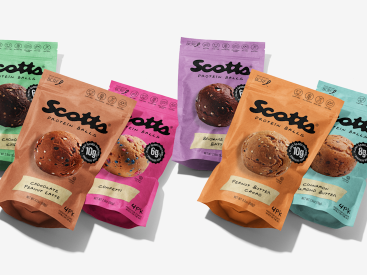IMHO, Trader Joe’s is the GOAT when it comes to grocery stores . Not only do they offer countless one-of-a-kind items that I can’t find elsewhere, but they also stock many foods that are packed to the brim with gut-boosting benefits. One such product that I’ve recently added to […]
Delicious!
Delicious!



